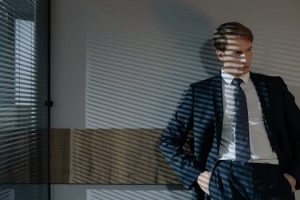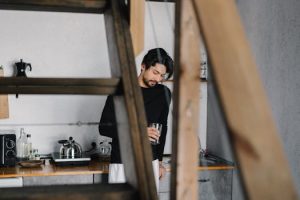Mushroom Textiles: Fungi Fashion Takes Root
Fashion is constantly evolving, from new styles and trends to eco-friendly and sustainable practices. A budding trend that is taking the fashion world by storm is the use of mushroom textiles. Yes, you read that right – textiles made from mushrooms! This innovative and sustainable fabric is a game-changer in the fashion industry, and it’s gaining popularity amongst designers and consumers alike. In this article, we’ll delve into the world of mushroom textiles, known as Myco-textiles, and how this fungi fashion is taking root in the fashion industry.
The Magic Behind Mushroom Textiles
The idea of using mushrooms to create fabric may sound far-fetched, but it has been around for centuries. In ancient times, people used to make clothes and shelter out of fungus. Fast forward to the 21st century, and the concept is making a comeback, but with a modern twist. The science behind mushroom textiles lies in the roots of the mushroom, known as mycelium, which are composed of tiny fibers called hyphae. These fibers can intertwine and bind to create a durable and flexible fabric.
The Eco-Friendly Alternative
Mushroom textiles are gaining recognition for their eco-friendliness. They are a sustainable alternative to conventional fabrics that are made from non-renewable resources such as cotton and polyester. The production of mushroom textiles requires significantly less water, energy, and chemicals, making it a much greener option. Moreover, the mycelium can be grown and harvested in a matter of days, unlike traditional crops, which take months to grow. This quick production time makes mushroom textiles a viable option for sustainable and fast fashion.
Innovative Use In the Fashion Industry
Mushroom textiles not only have environmental benefits, but they also have practical and creative applications in the fashion industry. The fabric can be molded into any shape and dyed in various colors, making it a versatile material for designers. It can also be combined with other fabrics to create unique and innovative designs. For example, fashion brand Stella McCartney has used mushroom textiles to make a leather-like material for their handbags and clothing line. This innovative technology opens up endless possibilities for designers to create sustainable and fashionable pieces.
Challenges and Future Possibilities
Challenges
Like any new technology, mushroom textiles also have their challenges. The main obstacle is the high cost of production. Currently, the technology and resources required to produce these fabrics are expensive, making them inaccessible for many small-scale manufacturers and designers. However, as the demand for sustainable and eco-friendly fashion grows, it is likely that the production costs will decrease.
Future Possibilities
The future looks bright for mushroom textiles. Scientists and innovators are continuously researching and developing new methods to improve the production process, reduce costs and increase the versatility of the fabric. It’s not just limited to fashion – mushroom textiles have potential applications in other industries such as packaging and construction. As more and more companies and consumers shift towards sustainable practices, mushroom textiles are set to take center stage in the fashion industry.
Final Thoughts
Mushroom textiles are a prime example of how nature can inspire and innovate. This sustainable fabric has the potential to revolutionize the fashion industry and pave the way for a greener future. With its eco-friendly production process, versatility, and potential for further development, mushroom textiles are proving to be a game-changer in the fashion industry. So, next time you’re shopping for clothes, keep an eye out for this fungi fashion and make a sustainable choice for a better tomorrow.








